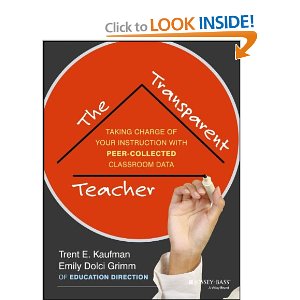Hi, everyone! Thanks for stopping by to participate in this GREAT book study again today!
I want to again point out the schedule we are going to be following.
Feel Free to Pin This!
If you haven't purchased the book you can find it at Amazon! Just click on the link below and you can go straight to the book to purchase it.

I want to again point out the schedule we are going to be following.
Feel Free to Pin This!
If you haven't purchased the book you can find it at Amazon! Just click on the link below and you can go straight to the book to purchase it.
Just click here to purchase!
Last week, OUR FIRST QUESTION was
WHAT WILL I GAIN FROM TAKING PART IN THIS BOOK STUDY?
Personally, I hope to gain some new techniques to use and possibly refine some of my old techniques so that I can be more effective!
Remember we have this WONDERFUL BLOG that we can explore. You can get lost in it and best of all.....it goes with the book! Also, here is the website for the book and the Facebook page that goes with it, too!
QUESTIONS TO PONDER:
Here are some questions to think about and to respond to in the comments section later on:
Now to get started looking at
Chapter 1--Finding Students Reading Levels
You can see that there are 4 focus points for chapter 1 <they are found on pg 25 of the book>: Figure out the best levels for students by using running records, do group inventories to save time, match students with their correct reading level, and increase peer support.
Page 27 and 28 refers to Vygostsky, and I have to tell you that all I could remember about him before opening this book was that he was an atheist. I had never connected him to the Zone of Proximal Development or differentiation in the classroom. I have to admit to a tiny bit of an increase in admiration for him now!
1. How would you define the "Zone of Proximal Development"?
2. Have you ever given a running record? What is your experience with them?
3. What is the difference between a self-correction and a miscue?
4. Why are tiered questions and retellings so important?
5. Using the table on page 34, what correlations do you see?
6. What is a QRI-5 and how can it be used as a group inventory?
7. What is the difference in the type of texts that are used for choice reading, guided reading, and shared reading? Where might we put Independent reading? <CHALLENGE: The first person that emails me a graphic of a table explaining this visually so that I can post it next week can go to my Teacher's Pay Teacher's store and choose an item that will be emailed to him or her as a thank you!>
8. Read page 43. Here is that Mild, Medium, and Spicy thing again!!! <Create an example of an Anchor Chart that could be used in the classroom in graphic form or take a picture of it and email it in for us to look at next week. The first person to email an example in will also get to choose an item from my store!>
Chapter 2--Teaching Students to Understand What They Read
You can see that there are 4 focus points for chapter 1 <they are found on pg 25 of the book>: the importance of read alouds and think alouds, checking for understanding, avoiding pitfalls, choosing a 'just right' text for a think aloud, strategies like 'figuring it out' and paraphrasing, teaching strategies that cultivate lifelong readers.
9. Pg. 52: Who is James Lee and what did he figure out?
10. What is strategic reading and why is it important? How does it work? What does it look like? <Hint: Look for a video to leave in the comment section that shows what strategic reading looks like>
11. What does a dependent reader look like/sound like/work like? <In the comment section tell us about a dependent reader you had and what you did to help him/her>
12. What is paraphrasing? How does it work?
13. Page 57: What is the gradual release of responsibility? What would it look like in your classroom?
14. What does it mean to 'check for understanding'?
15. What are some strategies that can be used to move passive learners into becoming direct learners? <Hint: Choose 2 strategies and describe them in the comment section....you never know if I might choose someone to win something. =)>
16. Just for fun--what is a rotten tomato???
17. What is a good think aloud made of? How do you choose a think aloud?
18. Highlight, tag, dog-ear, paper clip <or sumpin'> pages 68-78. How can you go wrong with these pages??? These are the BEST PAGES EVER!!!
Resources:
An example of a Five Finger Test Poster by my friend Lyndsey Kuster...she has some of the cutest stuff!!!
Here is a button for you to use on your blog if you would like to incorporate your thoughts into a post:


















.png)
.png)
.png)



















